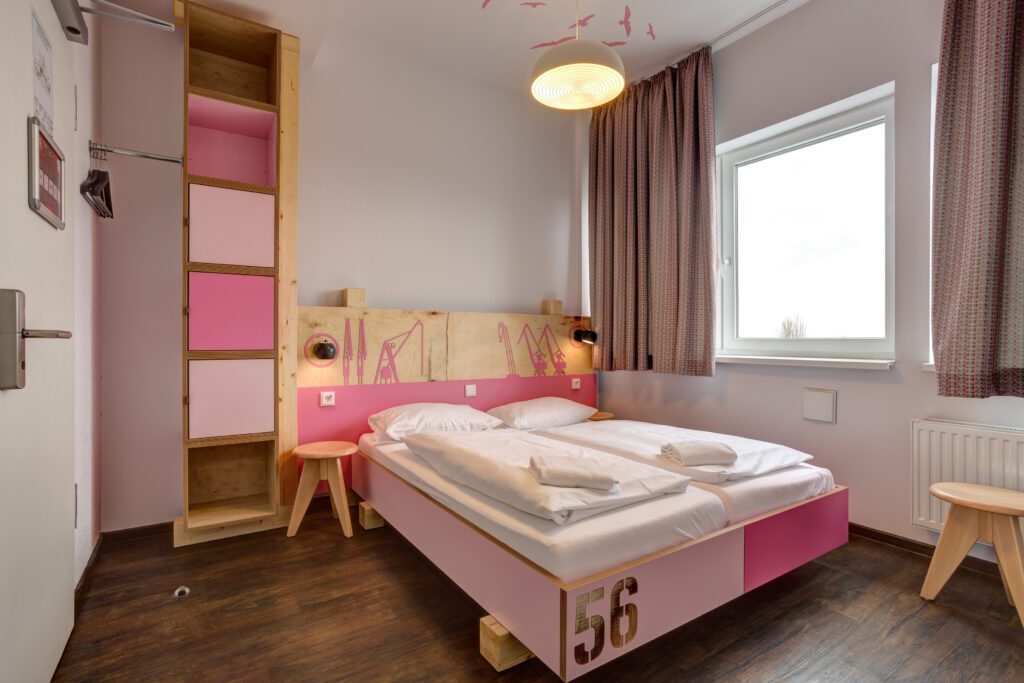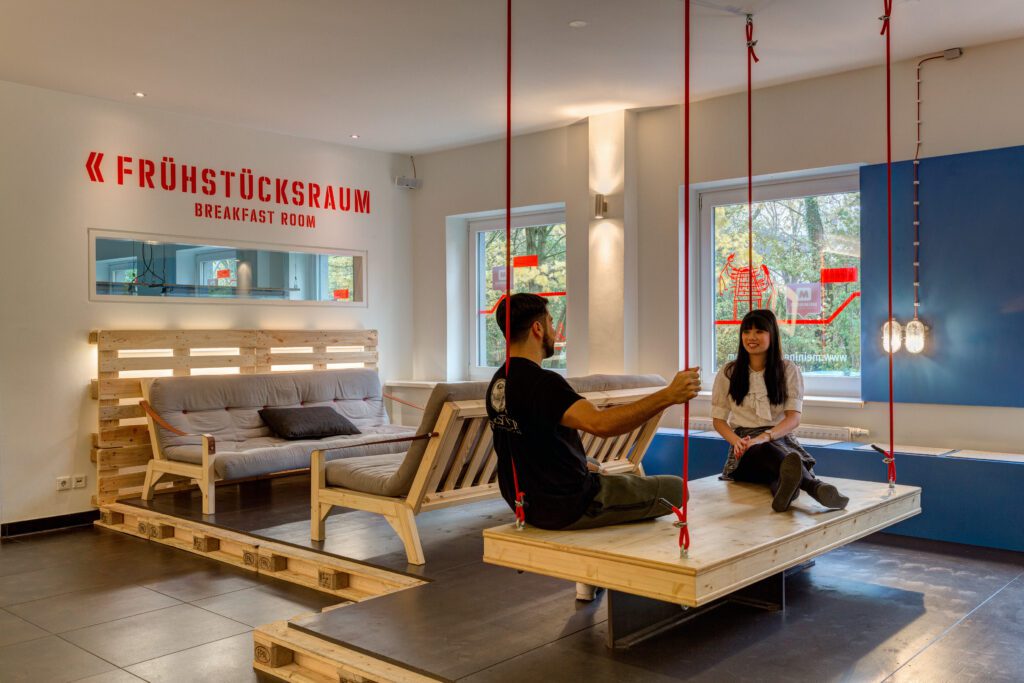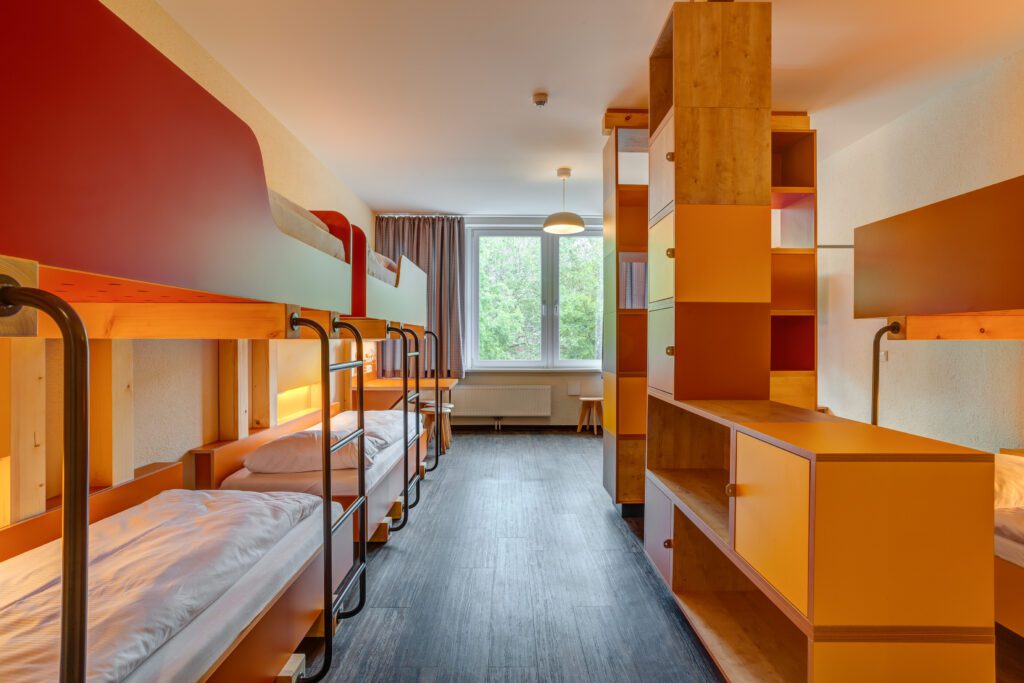Exploring Altona – Best things to do in Hamburg’s iconic district
When planning a Hamburg itinerary, Altona often stands out as a must-see district. It’s small enough for everyone to know each other, yet big enough to still get lost in its quirky streets, full of life and laughter. Follow the locals as they flock down to the legendary Strandperle beach bar on the banks of the Elbe for a glass of wine paired with one of Hamburg’s best Matjes fish rolls.
From the historic Altonaer Museum to the lively Fischmarkt Hamburg, there are so many things to see and do in Altona!
In this article, we’ll explore the best places to visit in Altona, the culture-rich corners, and some of the most exciting nightlife options the district has to offer you.
👇👇👇
🏛️ Historical and Cultural Marvels
#1 Altonaer Museum
Topping the list of cultural must-see spots in Hamburg, the Altonaer Museum is like a portal into the history of Northern Germany. With its vast collections of art, culture, and regional history, it’s an essential stop if you’re in the mood for exploring the past. Walking through its exhibits, you’ll have a real sense of the sea and its significance to the region.
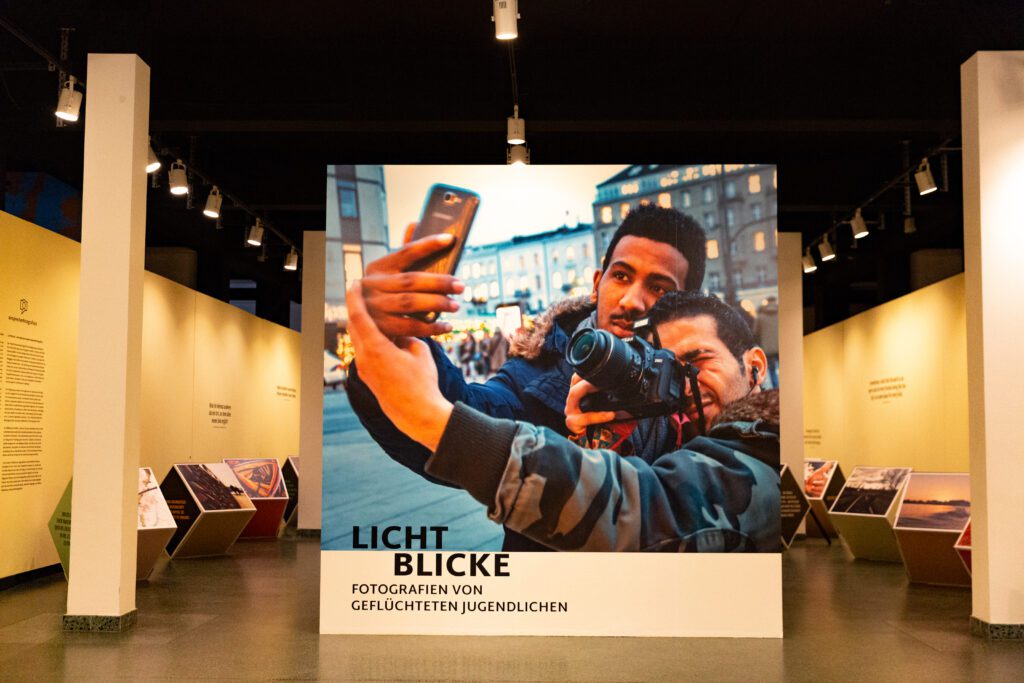
#2 Shopping Street Hamburg
For all of you looking to combine history with a bit of retail therapy, Hamburg’s shopping streets in Altona offer a unique blend of boutique stores, high-end brands, and historic architecture. Wander the streets and you’ll find a great mix of the past and present as well-kept vintage storefronts now house modern retailers.
🌃 Nightlife in Altona Hamburg
The vibrant nightlife Altona offers competes with some of the best in Germany! The district’s nightlife scene has something for everyone, from hipster bars to traditional beer halls.
Don’t forget to check out our guide of the best musicals and concerts in Hamburg for the complete experience!
#1 Best Bars on Reeperbahn Hamburg
Often referred to as the “sinful mile”, the Reeperbahn is known for its red-light district, but also for its eclectic range of bars, clubs, and theaters. It’s the pulse of the nightlife scene in Hamburg. When in Altona, make sure you visit a bar or two here; it’s a must. Some of the most popular venues are Aurel, Familien Eck, a vibrant pub that serves Astra, gin and plays good music, and Rehbar. With choices ranging from upscale lounges to gritty dive bars, there’s a unique experience waiting for every type of night owl!
P.S. Run to Fabrik (Barnerstraße 36) and check out its big range of events, live music and indoor markets.
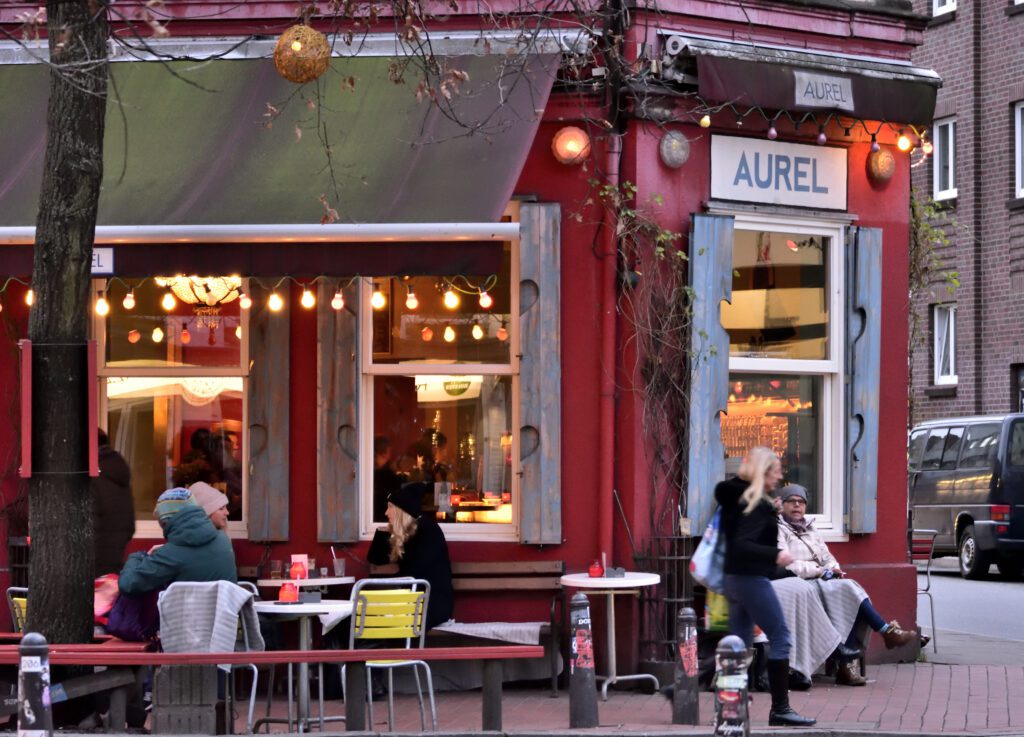
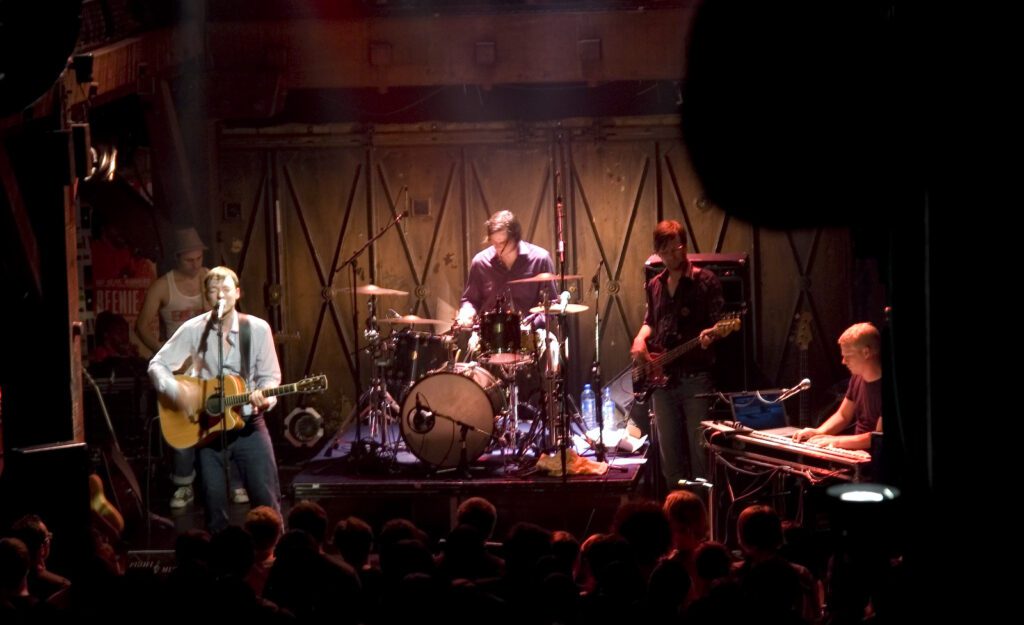
#2 Fischmarkt Hamburg
After a night out, especially if it lasts until dawn, making a pit stop at Fischmarkt Hamburg is a tradition. Open every Sunday morning, this market is where you’ll find locals and travelers, looking for fresh seafood, flowers, and a unique atmosphere that blends shopping, fun, and more.
P.S. If you’re on the hunt for the best fish sandwiches in Hamburg, you’ve come to the right place…
🌳 Nature and Leisure in Altona
Parks in Altona offer you peace and quiet to escape the urban hustle. The district’s green spaces provide more than just beauty; they’re like a window into the lives of locals who enjoy relaxation, sports, or simple picnics.
#1 Parks
Among the many parks in Altona, two stand out. The first, Altonaer Balkon, offers stunning views of the Elbe River and the port: a perfect spot to watch ships go by. The second, Donners Park, is slightly more inland and has sculptures, beautiful landscapes, and an old villa turned café.
Traveling with your family? Make sure you take a look at our article about traveling to Hamburg with kids to gather the most fun and interactive activities for the little ones.
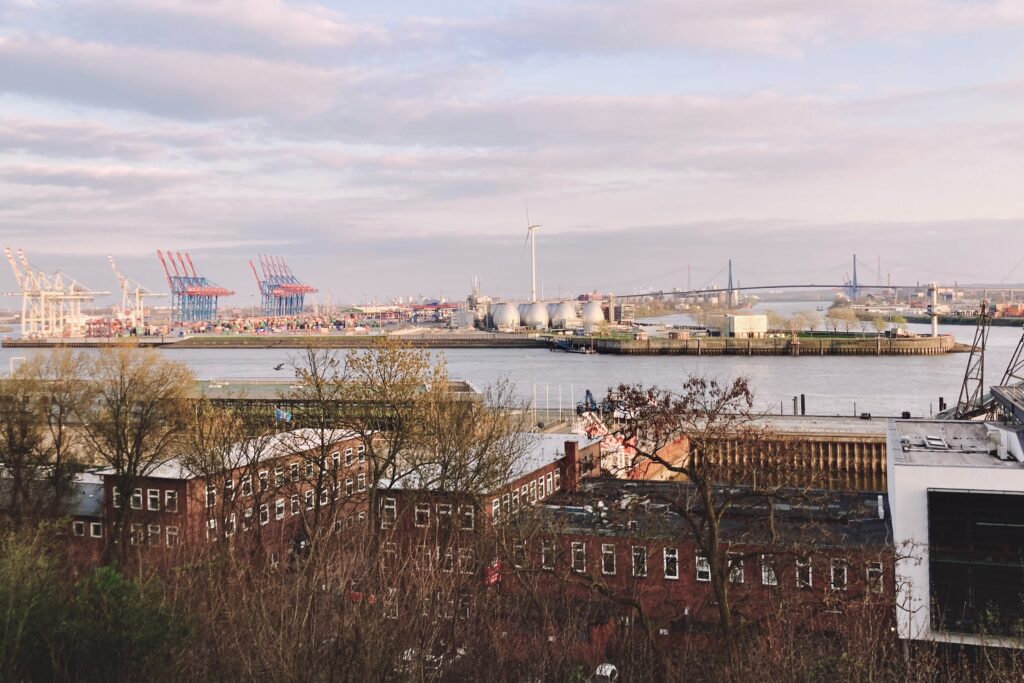
🤑 Things to do for free in Hamburg Altona
If you want to stay on a budget, Altona offers you numerous activities that cost… nothing!
For the top things to do this summer in Hamburg, we’ve got you covered right here. 😉
#1 Beaches
Yes, Hamburg has beaches. Elbe beach is a serene spot where you can watch large container ships, have a picnic, or simply relax by the water.

#2 Strolling the Streets
Simply walking through Altona is a treat! Every corner tells a story, from the historic houses to street art. You can feel the district’s heartbeat, its blend of the traditional and contemporary, and its welcoming spirit.
🍴 Where to eat and drink in Altona
The next crucial stop is waiting for you around the corner: Torrefaktum Kaffeerösterei, a local coffee roaster with an incredible range of specialty coffee. Get ready for balanced, chocolaty, full flavors, varying according to the blend of the day. Sweets, homemade treats, other beverages and a cozy atmosphere are good reasons to spend your morning here, right?
Among Altona’s many charms is its strong sense of community. You can see that with your own eyes at any weekly market held at Spritzenplatz, where locals and travelers come to eat and buy regional food and produce all year round.
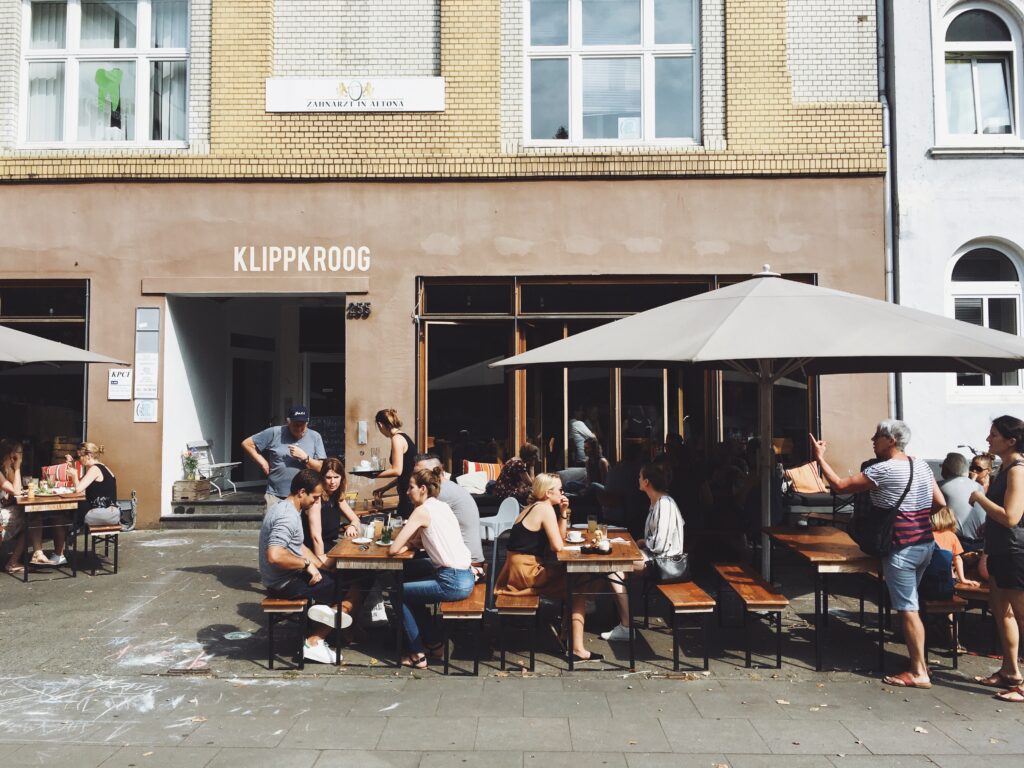
✨ Summing up…
While there are countless places to see and things to do in Hamburg, Altona is undoubtedly a special place. It’s a district where culture, history, and modern life meet. Whether you’re planning a Hamburg itinerary for a short trip or an extended stay, make sure Altona is on your list. From the rich history of the Altonaer Museum, the hustle of the Fischmarkt to the vibrant nightlife scene, this district will be an unforgettable experience!
Hamburg Altona: FAQs
What is Altona and why is it significant in Hamburg?
Altona is a district located in the western part of Hamburg. Historically, it was an independent city until its incorporation into Hamburg in 1938. Altona is significant for its rich history, maritime culture, and its unique blend of traditional and modern attractions. It's a vibrant area with a distinctive atmosphere that sets it apart from other parts of Hamburg.
Are there any historical sites to visit in Altona?
Yes, Altona is replete with historical sites. One of the most notable is the Altona Town Hall (Altonaer Rathaus), an architectural gem that symbolizes the district's historical significance. The Altonaer Museum is another must-visit, offering insights into the culture and history of the region.
Are there any waterfront outdoors activities?
Absolutely! The Elbe riverbank in Altona provides a picturesque setting for various activities. The Altonaer Balkon offers a stunning view of the Elbe and is a great spot for relaxation. The Altona Fish Market, right by the water, is a bustling place especially on Sunday mornings. Additionally, the beach at the Elbe river is perfect for a leisurely stroll, picnics, and even some beach volleyball.
I'm a food lover. Are there any culinary experiences unique to Altona?
Altona offers a diverse culinary landscape. The Altona Fish Market, for instance, is not just a place to buy fresh fish but also a spot to indulge in seafood delicacies. Ottensen, a neighborhood in Altona, is packed with cozy cafés, international cuisine restaurants, and street food stalls. Don't miss out on trying some traditional Northern German specialties when you're in the area.
How is Altona connected to the rest of Hamburg? Is it easy to commute?
Altona is well-connected to the rest of Hamburg through public transport. The Altona train station is one of the major transportation hubs, providing both regional and long-distance train connections. Moreover, numerous bus lines and the S-Bahn (city rail) make commuting within the district and to other parts of Hamburg both convenient and efficient.
🛎️ Where to stay in Hamburg?
Find the MEININGER Hotel Hamburg City Center in the center of Hamburg right next to Altona station.
Address: Goetheallee 11, 22765 Hamburg, Germany
